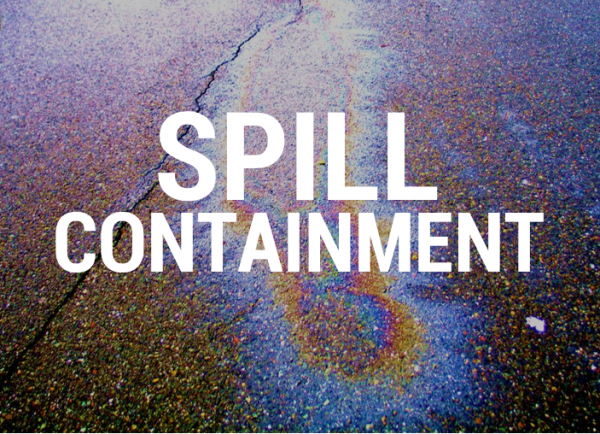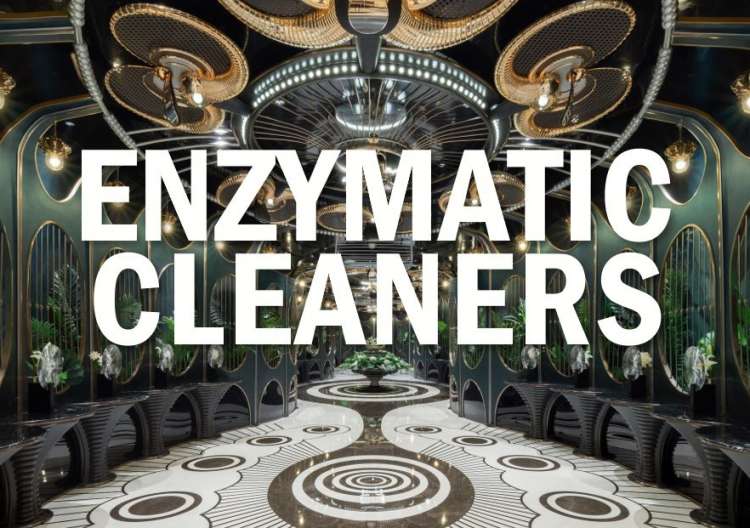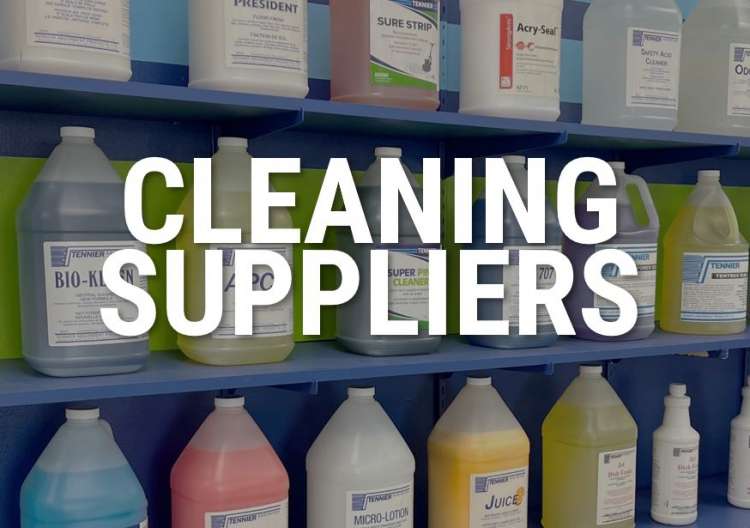Spills happen. Containment is your first line of defense.
Every year, companies in Canada report thousands of spills in their facilities. Sometimes it’s as simple as someone knocking over a fuel container; sometimes it’s a large leak of corrosive fluids. In every case, one thing is clear: Containing a spill is the first step in protecting your employees and your facility – and in getting back to productivity.
What do you need to know about spill containment to ensure minimum risk to your team and workplace?
Know your containment options
Most reputable facilities have a spill kit (or two) on hand for major spills, and these can be useful. However, not all containment methods are the same, and generally speaking, not all of them are included in standardized spill kits.
Spill containment can involve a wide range of materials:
- Containment pools (to capture spills from bulk delivery of fluids)
- Berms (barriers that can be placed around spills to ensure they stay in one ‘puddle’) come in a wide variety of sizes and materials
- Absorbent booms (which combine both barrier and absorption)
- Drums, buckets and other containers that can be moved into place in the event of a spill
- Vacuums and pumps
- Drain covers
Ensuring you have the right mix and quantity of containment materials and tools, and that they’re kept in convenient locations, can make a big difference in how rapid and effective your spill containment will be.
Check your drains
Whether your spill is from a transfer truck with a faulty hose, leaking machinery or a forklift knocking over barrels of fluid, liquid is always going to head for the drains.
If your factory drains lead to purpose-built containers that can safety be emptied later, pushing liquids to drainage grills may be your first line of defense.
However, if your drains connect to navigable waters or to normal city systems, you may want to prevent spilled liquids from reaching drains. Ensuring you have adequate barriers or absorbents near all floor drains will reduce the response time – and improve your chances of containing the spill.
Don’t ignore ‘nuisance leaks’
That slow drip from the ceiling or that chronic oozing from a piece of machinery may not seem like a big deal, and may not seem worth the time and expense it would take to fix. But a wet floor – whether it’s water, oil or some other fluid – can pose a tripping hazard that could become a big deal.
Containing these leaks with berms or absorbents – and keeping fresh supplies nearby – can reduce the risk of secondary problems arising from what appear to be nothing more than nuisances.
We can help
Tennier first made their name in Southern Ontario with our pioneering commercial/industrial absorbents back in the 1940s – which means we have almost 80 years worth of experience in helping companies deal with spills. If you need help determining the right spill containment materials for your facilities, don’t hesitate to get in touch – we’d be happy to help.





